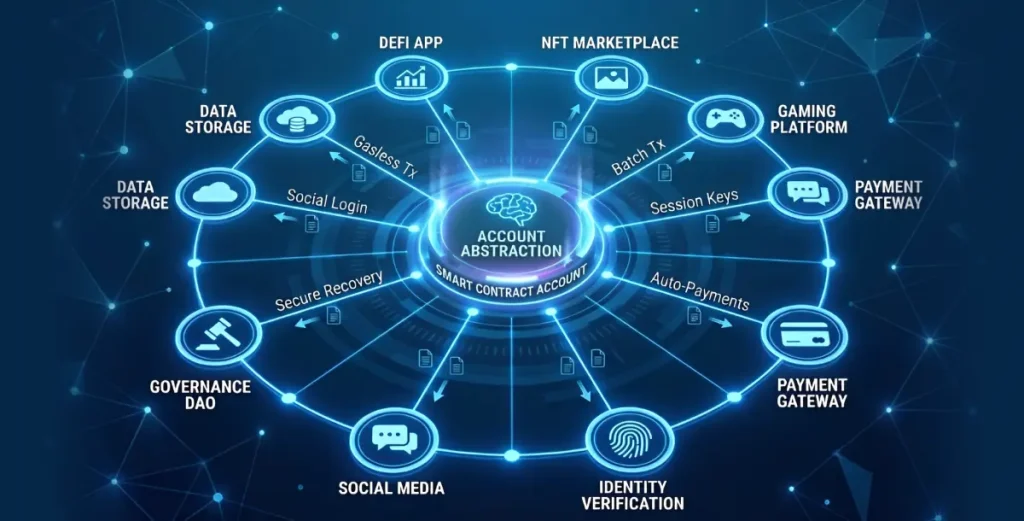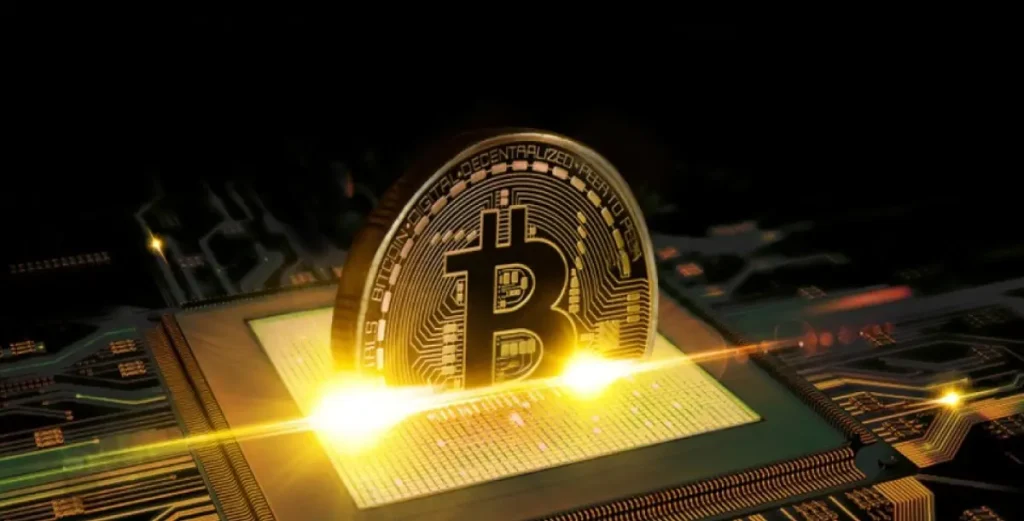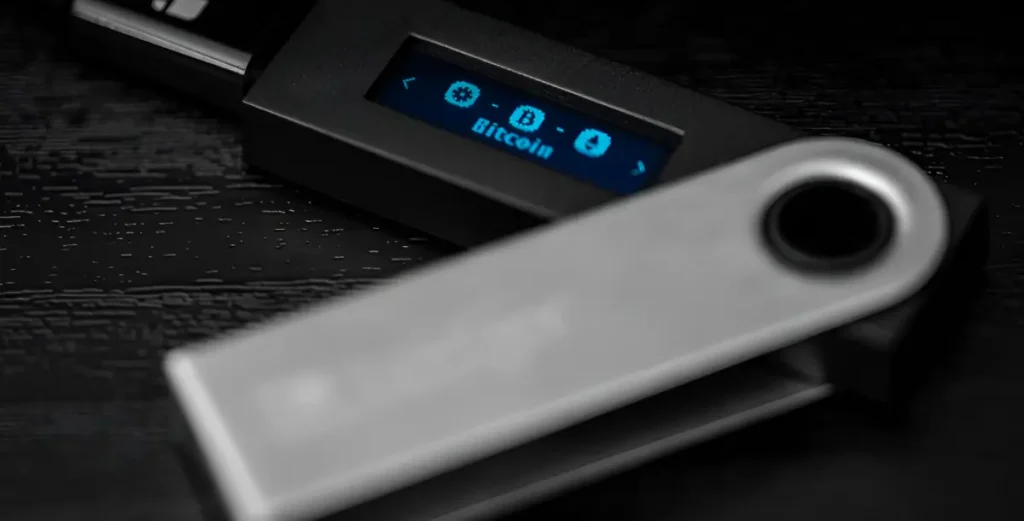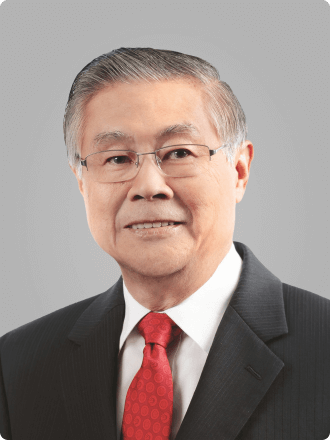For years, the AI industry has been dominated by a few centralized players—tech giants with proprietary models, exclusive datasets, and closed infrastructure. While this model has accelerated innovation, it has also concentrated control: over who gets access, how models are trained, and what content is allowed.
Decentralized AI marketplaces flip that paradigm.
These decentralized networks enable open participation: developers contribute models, users supply data, and miners provide compute power, all coordinated through transparent smart contracts and incentivized with crypto tokens. Unlike closed corporate systems, these marketplaces offer verifiable training data lineage, censorship-resistant model hosting, and community governance through DAOs—creating AI that’s accountable rather than controlled.
They distribute development, ownership, and access across a wide network of contributors. The result? A permissionless, open ecosystem that rewards participation, resists censorship, and expands the reach of artificial intelligence beyond corporate and political gatekeepers.
What Are Decentralized AI Marketplaces?
At their core, decentralized AI marketplaces are peer-to-peer platforms designed to democratize how AI is built, accessed, and monetized. Unlike today’s centralized systems—where a handful of tech giants control the development, deployment, and pricing of AI—these marketplaces allow anyone to participate.
Developers can upload AI models, data providers can offer curated datasets, and GPU owners can rent out computing power. These assets are traded in an open marketplace where contributors are directly rewarded, typically through tokens or smart contract-based payments.
The goal of these platforms is to remove gatekeepers and create an open economy around AI. Instead of locking users into closed platforms, decentralized marketplaces let individuals and businesses tap into a global network of interoperable AI components.
Whether it’s fine-tuning a model, sourcing labeled data, or requesting a specific AI task, everything is transparent, composable, and built to reward collaboration. The architecture supports task bounties, on-chain API services, and shared governance, pushing AI toward a more inclusive and distributed future.
This approach is fundamentally different from what we have now. In traditional AI systems, access is tightly controlled, and the underlying data and training processes are often opaque. Profits flow almost entirely to corporations, and users are merely consumers with no ownership or transparency.
In contrast, decentralized AI marketplaces shift power to the edge. Contributors retain ownership of their models or datasets, users gain control over how AI is applied, and value creation is shared more equitably. By leveraging blockchain, these platforms introduce auditability, traceability, and automation—making AI development more open, trustworthy, and aligned with Web3 principles.
They’re built on blockchain infrastructure and powered by smart contracts that handle:
- Model and data contribution: Developers, researchers, and users can submit models, share datasets, or offer compute power to train AI.
- Incentives and validation: Participants earn tokens (like TAO in Bittensor or AGIX in SingularityNET) based on the performance, originality, and utility of their contributions.
- Transparent governance: Smart contracts enforce rules for payments, upgrades, dispute resolution, and community decisions—removing the need for intermediaries.
Projects such as Bittensor, SingularityNET, OpenxAI, and 0G are pioneering this space. These platforms allow contributors to train, deploy, evaluate, and monetize AI models in a way that’s fully transparent and censorship-resistant.
Core Principles & Mechanics of Decentralized AI Marketplaces
Decentralized AI marketplaces aren’t just about cutting out the middleman—they represent a reimagining of how AI can be built, maintained, and governed. Below are the key components that make these systems work:
Consensus via Utility
At the heart of platforms like Bittensor is the idea that AI models should be judged by their actual usefulness—not by reputation, hype, or corporate backing. Bittensor’s Proof-of-Intelligence consensus mechanism does exactly this: it lets peer nodes evaluate the output of other models, scoring them based on accuracy, creativity, and contribution to the network.
Only models that consistently produce high-quality results get rewarded with TAO tokens, ensuring the network promotes innovation and discourages spam or copycat models.
Backbone Technologies
Under the hood, these marketplaces rely on proven, censorship-resistant infrastructures:
- Substrate and Cosmos provide modular, interoperable blockchain foundations for building scalable AI networks.
- IPFS (InterPlanetary File System) and Arweave ensure AI models are stored in a distributed, tamper-proof way. This means once an AI model is published, no single party—government, corporation, or competitor—can take it down or alter it.
These technologies give decentralized AI a layer of resilience that centralized providers simply can’t offer.
Economy of Trust
Participation in decentralized AI marketplaces is driven by cryptoeconomic incentives. Token rewards are issued for:
- Training new models
- Contributing useful datasets
- Providing compute power
- Validating other users’ models and outputs
At the same time, mechanisms are in place to penalize low-quality contributions or bad actors. This token-based structure replaces top-down quality control with a market-based reputation system, rewarding the most valuable contributors and ensuring self-regulation at scale.
Use Cases & Examples
Decentralized AI isn’t a theory—it’s already live and growing. Here are some standout projects shaping the future:
Bittensor (TAO)
Bittensor is a decentralized, open-source protocol where developers contribute and verify AI models. It uses Proof-of-Intelligence to score outputs and distribute TAO tokens to contributors. Every node can train models, evaluate others, and earn rewards—no central approvals needed.
Bittensor has become a flagship project proving that large-scale AI collaboration can thrive without corporate oversight.
SingularityNET
SingularityNET enables a marketplace for AI services, where developers can list their models and users can pay for access—all via smart contracts. This makes AI APIs as discoverable and accessible as crypto tokens, allowing anyone to integrate AI into apps, bots, and platforms—without going through a central provider.
OpenxAI
OpenxAI focuses on decentralized storage of AI logic, ensuring models can’t be removed or silenced. By hosting its infrastructure on IPFS and Arweave, it allows developers to publish models permanently and censorship-resiliently, making it ideal for politically sensitive or controversial AI work.
0G Protocol
0G (Zero Gravity) is pushing the concept of a fully on-chain AI infrastructure. By storing and executing models directly on-chain, it eliminates reliance on off-chain data pipelines. This enables a tamper-proof, transparent execution environment—where trust in the platform is embedded in code.
Nous Research
Nous blends distributed compute and AI logic across public networks. It resists central chokepoints by spreading workload and control, aiming to build a “decentralized intelligence fabric” that can evolve without top-down control.
Why Businesses Should Care
The decentralized AI revolution isn’t just a tech trend—it’s a business opportunity. Here’s why forward-looking companies should be paying attention:
1. Tap Into Innovation
Decentralized marketplaces often host experimental, cutting-edge models that aren’t available through mainstream providers. These platforms act as open laboratories, where novel AI approaches emerge faster than they do in closed systems.
2. Cost-Efficiency
Instead of paying for access via high, recurring license fees, businesses can pay only for model usage or performance. This usage-based pricing model supports leaner budgets and agile experimentation.
3. Transparency & Trust
Every transaction, model update, and contribution is verifiable on-chain. This enhances auditability, compliance readiness, and customer trust, especially for sectors like finance, healthcare, and public governance.
Final Thoughts
Decentralized AI marketplaces represent the next frontier in open intelligence—blending cooperative development, token incentives, and blockchain’s transparency to challenge entrenched models. They promise censorship-resistant, community-governed AI ecosystems.
But realizing this future requires navigating technical, legal, and ethical complexities. The path ahead demands
- Interdisciplinary engineering of modular, peer-reviewed protocols.
- New regulatory paradigms that address data protection and AI liability.
- Governance frameworks that balance openness with quality assurance.
Still, as pioneers like Bittensor, 0G, SingularityNET, OpenxAI, and Nous build these systems, decentralized AI marketplaces may soon redefine who controls and builds our future of intelligence.
Whether you’re integrating blockchain into AI platforms, developing tokenized AI models, or ensuring compliant crypto operations, ChainUp provides secure and scalable foundational crypto infrastructure solutions to support your decentralized AI marketplace endeavors.
Discover how ChainUp’s secure, scalable crypto infrastructure can accelerate your decentralized AI ambitions—contact us today.




